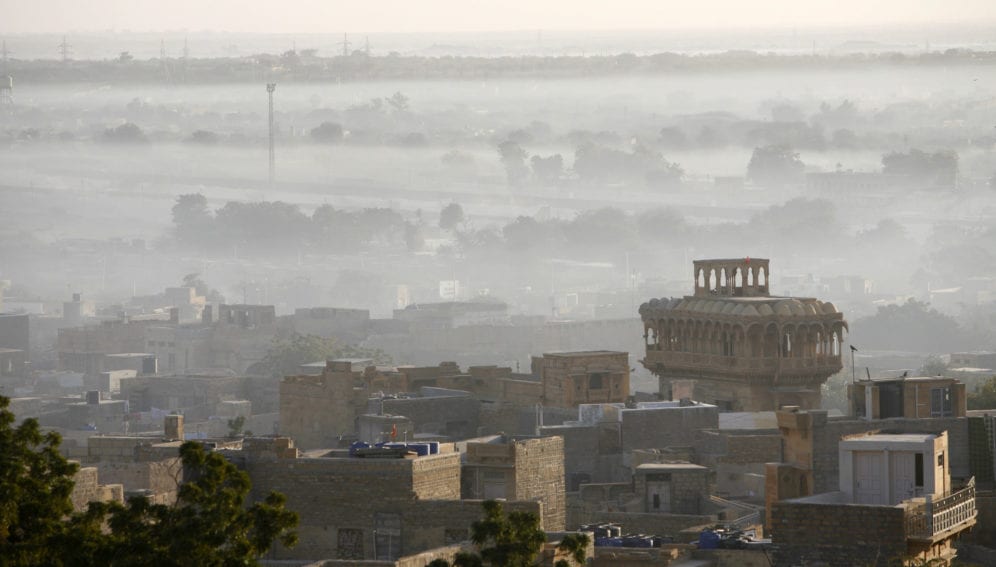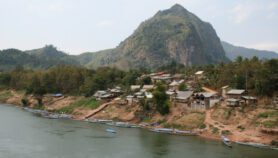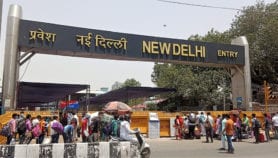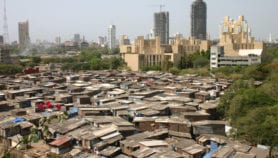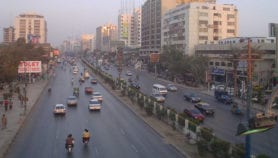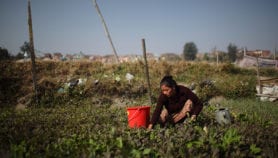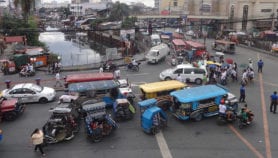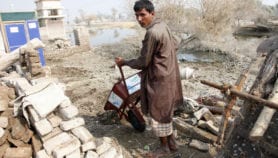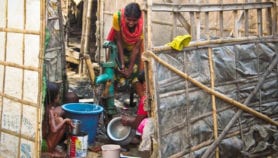By: Madhukara Putty
Send to a friend
The details you provide on this page will not be used to send unsolicited email, and will not be sold to a 3rd party. See privacy policy.
Jaisalmer, a popular tourist destination in the desert state of Rajasthan is the city most socio-economically vulnerable to climate change in India, while Pune in Maharashtra state, famed for its research institutions, is the least vulnerable, according to a new study.
Carried out by the Indian Institute of Technology-Bombay (IIT-B) and published March in Taylor & Francis Online, the study ranked 11 Indian cities by developing an overall vulnerability index (OVI) based on the weightage given to infrastructure, technology, space, and social and financial aspects. Jaisalmer topped the list with an OVI of 6.5 while Pune rated 3.7.
Trupti Misra, associate faculty at the interdisciplinary programme in climate studies at IIT-B and study leader, chose the 11 cities from six distinct bio-climatic zones with the effect of climate change unique to each zone. But, the OVI was computed purely on socio-economic factors.
Jaisalmer, which lies in the hot and dry Thar desert, fares poorly on technology and infrastructure. Among the cities studied, it has the largest portion of population with no access to internet, television, radio, electricity, and cooking gas.
Pune, which comes under the moderate climatic zone, fares well in technology, infrastructure, finance and social indices. The city, which also has a number of information technology and automobile companies, is the least vulnerable in the present scheme. However, the presence of these industries was not used as an indicator while assessing the vulnerability.
The metropolises of Mumbai, Bangalore, and Delhi are among the least vulnerable cities. If Mumbai gains from sound finances, Bangalore gains from technology, and Delhi from good infrastructure. Among the metropolitan cities considered, Chennai is the most vulnerable, thanks to poor social and space indices.Misra thinks that the study and other like it can help frame better policies. “These directives, complemented by further research on each city’s specific developmental requirements and vulnerability, can drive adept policy-making,” she tells SciDev.Net.
Mahalaya Chatterjee, associate professor at the Centre for Urban Economic Studies, Calcutta University, said the study had several deficiencies starting with the fact that it omitted cities from eastern and central India.
According to Chatterjee there were obvious flaws. “How can Mumbai be among the least vulnerable cities, when the city stops functioning for days every year because of floods?” asks Mahalaya.


